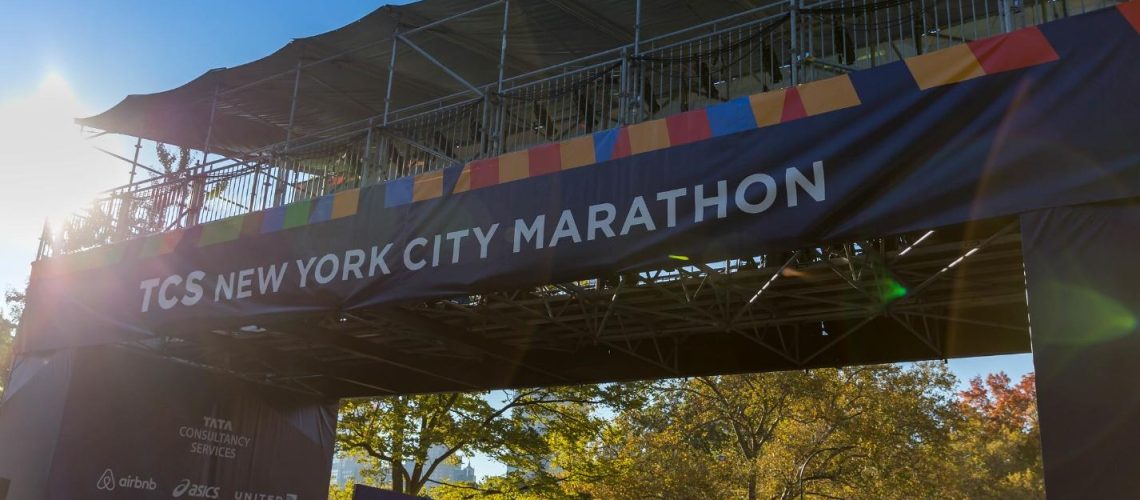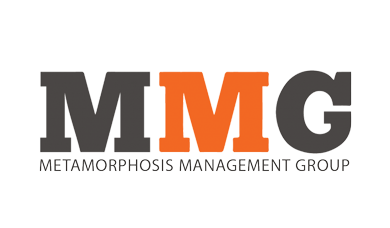Part 2: We’re Missing the Last Critical Steps In Change
Completing The Last Mile
[See Part 1 “The Last Mile in Organizational Change (1)]
Research on change and transformation suggests that from 30-70% of large-scale change efforts fail to create the desired impact [Or at least they sub-optimize – that’s another topic]. As I suggested in Part 1: Many change efforts fail to complete, or fail to create enough value, because they’re not addressing the Last Mile of individual behavior change. The Last Mile is the costly, messy, very-last-part of a delivery process (of a product, electricity, telecommunications/ wireless signal – or idea) to a customer, or employee. That is, the Last Mile is the effective delivery of that “thing” to an individual person, so that they can USE IT or DO IT.
Failing to consider and plan for the Last Mile in your change or strategy work is like walking OFF the game field with your team when you are in scoring position. You’re leaving “money on the table” and frustrating your own best efforts. You’re also frustrating the very people whom you most need, who will make the work succeed.
Many of Us Move On Quickly – Too Quickly
Most leaders and leader teams are working on baskets full of big ideas – sometimes, baskets containing so many ideas that even really good ones fall out prematurely. Focusing on these important ideas can be fulfilling, intoxicating, absorbing. This “idea feast” can be so exciting that after the idea is confirmed/ decided – the focus dissipates on what comes next.
By the time that leaders/ leader teams have “made a decision” on a big change, they’ve been in many conversations, over weeks or months of time. Seen cost-benefit analyses. Reviewed projections, again and again. Hammered on the alternatives with their leader-team colleagues.
And after they’ve made the decision, they may engage selected others (project teams, key lieutenants, outside consultants) to help operationalize HOW the change work will get done.
Here’s where the useful-but-insufficient change-management artifacts get built (see “Closing the Last-Mile Gap in Change”, Part 1)
And then, as senior leaders delegate this work, and pass the “change baton” to those operationalizing the work – they move on to the NEXT big idea, in the big, overflowing basket of important ideas.
The Last Mile of Change – and The Marathon Effect
In the 2022 NYC marathon, elite runners Sharon Lokedi (the top female finisher) and Evans Chebet (the top male finisher) each completed the race in under 2.5 hours.
In the time that it took each of them to get from the STARTING line to the FINISH line – 25% of runners (more than 10,000) had completed less than 10 miles of the 26.2 mile race. And approximately 50% of runners (25,000) HAD NOT STARTED THE RACE.
Imagine the perspective (literally) of each of these different marathon participants, 1.5 hours into the race:
For the top runners at 1.5 hours: the finish line approaching, they are jockeying for position; they are fatigued, in pain, digging deep for the last resources that they will muster to finish strong. They’re SO READY to complete. Ahead of them, they see the finish line.
AND for most of the rest of the runners at 1.5 hours: They’ve not begun the race. They may have shuffled forward, yet they remain unstarted! They’ve expended little effort, and not yet had any visceral race experience. Their bodies, minds and spirits have not yet been put to the test that remains ahead. Ahead of them: … the starting line.

As leaders in organizations hand off the “baton” to those who’ll help to operationalize the change, just like the top runners: they’re similarly experienced, perhaps exhausted, perhaps feeling somehow inside like this change is becoming “old news”. Perhaps they’re bored and ready to move on to the next big idea – or already have. They are not seeing or don’t understand the perspective – and the lived experience – of the average team member, who may be just approaching the starting line. Or who may not even yet know that they’re about to begin a demanding race.
Too often, as leaders we assume that our people just need to “hear the information cascade” (the new org announcement, the new acquisition, the new system implementation date, …) – and once that is complete, we assume that we’ll go on to the next big idea.
So what to do instead?
LEADERS: STAY WITH THE CHANGE THROUGH THE LAST MILE – THEIR LAST MILE
While the change you’ve been planning for might feel like it’s already behind you, it isn’t for others. Instead of moving on to the next big idea, slow down. Pay attention to your attention. Notice what you are drawn to do now: are you feeling the “itch” to move on? Frustrated or anxious that the change work isn’t progressing as quickly as you’d hoped? Or are you able to muster a more patient, attentive, observant, curious mindset, noticing both where your attention goes, and what your emotional state might be?
-
CONNECT TO OTHERS & THEIR EXPERIENCE
To be observant, attentive and curious: You’ll want to take some specific steps to practice curiosity. And you’ll want to practice curiosity with people/ groups outside of your immediate circle of day-to-day interactions (because the people in your immediate circle have been in many of the same meetings YOU’VE attended).
Skip-level meetings; employee focus groups; ad hoc group lunches; unstructured Zoom conversations; hanging out by the coffee machine; and other tactics will help you to engage organically with individuals and groups beyond your “usual suspects.” What do you see and hear as you engage with people around the critical change work?
-
TEST FOR UNDERSTANDING/ EMPATHIZE
Imagine what someone new to the change is hearing and experiencing right now, supported by the communications/ announcements and opportunities your organization has offered.
Script some questions for yourself that can help others (individually and as groups) to share their experience, thinking and concerns. Ideally, the questions you use will be open-ended, neutral, exploratory. They will invite the other person to explore their thinking, experience, and questions out loud with you.
-
DEFINE THE NEXT-STEP BEHAVIORS – OUT LOUD
Once you’ve created a strong connection with someone, you’re in a position to ask what the personal shift will be for them, related to the change taking place in the organization. You may ask them directly to name out loud the new behavior that they’ll be undertaking to complete the Last Mile by implementing all aspects of the change. Together, you might explore when and how they’ll be taking that next step. And at that point, together you’re finally able to make visible the networked web of commitments and behaviors of many people. These specific behaviors by many, many people, bring the change you’ve imagined in your organization to life.
I’m describing here an organic, leader-led-conversation approach to closing the Last Mile gap. Most change-management efforts rarely address working in this dialogue-forward way, with leaders on the front line. In an upcoming post, I’ll share a systematic approach that we’re using with some clients to connect specific organizational change with specific individual behavior change.
Is Your Change/ Strategy Work Stopping Short?

Sukhjeet Batth, Wikimedia.org
(Imagine your team working its way into “scoring position”. And then: pushing back from this set-piece opportunity, to step off the field. Or imagine people “doing their best” without guidance, play-calling, deliberation, and practice…)
Enrolling people at scale in this Last Mile work is the antidote – where they can see the link between their specific individual behavior, and outcomes immediately and directly. This enrollment helps your organization to achieve RESULTS from the big change idea you’ve invested so much to nurture.
How might your organization benefit from active engagement to close “The Last Mile” gap between Great Ideas (training, coaching, strategy, change, workshops, communication) and real change for leaders & their people? and what do you imagine the tangible organizational benefits might be, with a more direct line-of-sight between your Great Ideas and Real Business Outcomes?


